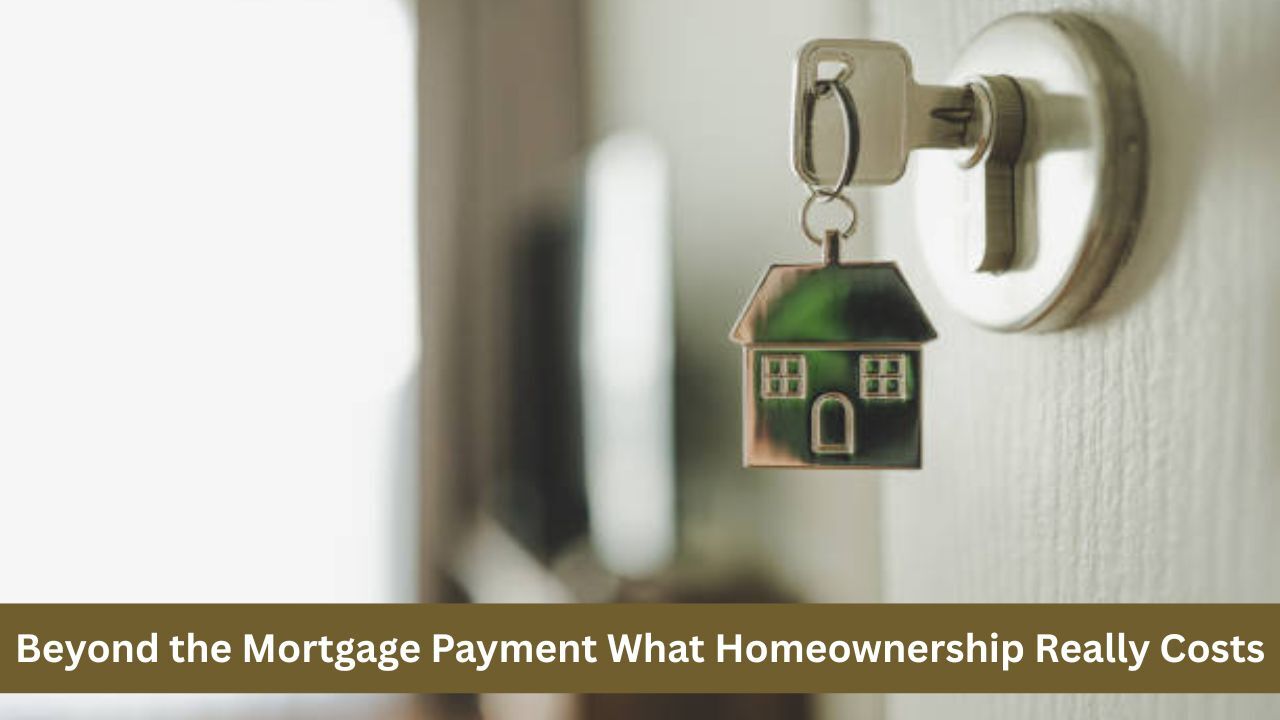 Before you begin researching a neighborhood, it is important to identify what matters most to you. Do you prioritize a short commute to work, good schools, or proximity to shopping and dining? Maybe you are looking for quiet streets, larger lot sizes, or vibrant community events. By understanding your personal priorities, you will have a clearer idea of what to look for during your search.
Before you begin researching a neighborhood, it is important to identify what matters most to you. Do you prioritize a short commute to work, good schools, or proximity to shopping and dining? Maybe you are looking for quiet streets, larger lot sizes, or vibrant community events. By understanding your personal priorities, you will have a clearer idea of what to look for during your search.
Visit the Neighborhood at Different Times
It is easy to fall in love with a neighborhood based on one sunny afternoon visit. However, a truly thorough evaluation means spending time in the area at various times of day and week. Visit in the early morning, during rush hour, and after dark. Pay attention to traffic patterns, noise levels, and how safe and comfortable you feel at each time. Talking to neighbors during your visits can also provide honest insights that are not always visible at first glance.
Research Schools and Education Options
Even if you do not have children, the quality of local schools often affects property values. Look up school district ratings and reviews online. Many public school districts publish their academic performance reports each year. You can also visit schools in person to get a better feel for the environment. Private school options and nearby colleges may also influence your decision depending on your family’s needs.
Look Into Crime Statistics
Safety is often a top concern for homebuyers. Researching crime rates in the neighborhood is an important step in your evaluation. Look for local police department reports, online crime maps, and community forums where residents discuss safety concerns. Keep in mind that crime data should be viewed in context, comparing the neighborhood with surrounding areas and considering trends over time.
Evaluate Local Amenities
Take time to explore nearby parks, libraries, shopping centers, and entertainment venues. Access to amenities can greatly enhance your lifestyle and increase property desirability for future resale. Consider whether you prefer walking access to cafes and shops or value a quieter residential setting with open green spaces. You should also check proximity to hospitals, public transportation, and major highways.
Understand Future Development Plans
Research the future of the neighborhood by checking city planning websites and local news. Are there major developments planned, such as new shopping centers, apartment complexes, or road expansions? Future projects could either enhance the neighborhood or introduce unwanted congestion. Staying informed about upcoming changes can help you make a more strategic decision.
Trust Your Real Estate Agent
Your real estate agent can be an invaluable resource during your neighborhood research. They often have insider knowledge about the community, property value trends, and potential concerns that may not be obvious during a short visit. Be honest about your needs and ask for their professional guidance to help you narrow down your options.
Taking time to carefully research a neighborhood before you buy ensures that your new home aligns with your lifestyle and long-term goals. This thoughtful approach can lead to greater satisfaction and peace of mind in your real estate journey.
 Smart Thermostats
Smart Thermostats
 Buying a home is an exciting journey, but it can also feel overwhelming if you are not sure what to expect. One of the most common questions from homebuyers is how long the process takes from start to finish. The answer depends on several factors, but knowing the general timeline can help you plan and reduce stress.
Buying a home is an exciting journey, but it can also feel overwhelming if you are not sure what to expect. One of the most common questions from homebuyers is how long the process takes from start to finish. The answer depends on several factors, but knowing the general timeline can help you plan and reduce stress. For many first-time homebuyers, the idea of purchasing a home with no money down sounds too good to be true. It is often advertised as a dream scenario, but the reality is more nuanced. There are options out there that allow for low or no down payment, but they come with specific requirements and considerations. Understanding these options can help you make a smart and informed decision as you plan your path to homeownership.
For many first-time homebuyers, the idea of purchasing a home with no money down sounds too good to be true. It is often advertised as a dream scenario, but the reality is more nuanced. There are options out there that allow for low or no down payment, but they come with specific requirements and considerations. Understanding these options can help you make a smart and informed decision as you plan your path to homeownership. Owning a home is a major milestone and a meaningful investment. It offers stability, personal freedom, and the chance to build equity over time. However, while many buyers focus on saving for the down payment and qualifying for a loan, there are additional expenses that often catch new homeowners off guard. Understanding the hidden costs of homeownership can help you prepare financially and avoid surprises.
Owning a home is a major milestone and a meaningful investment. It offers stability, personal freedom, and the chance to build equity over time. However, while many buyers focus on saving for the down payment and qualifying for a loan, there are additional expenses that often catch new homeowners off guard. Understanding the hidden costs of homeownership can help you prepare financially and avoid surprises.